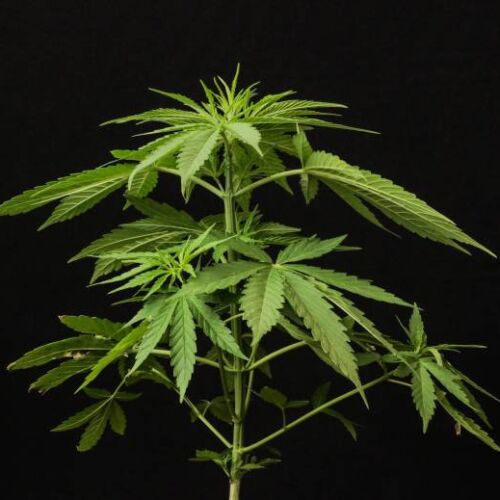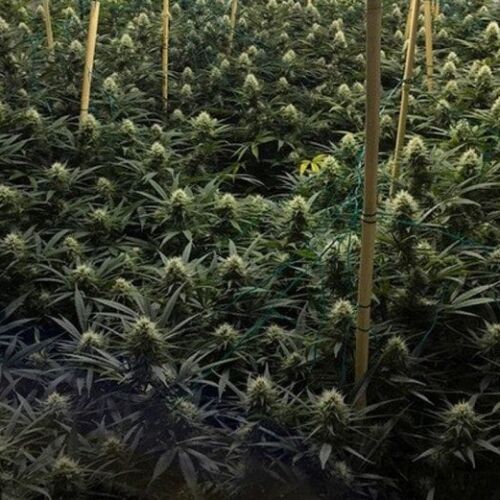From ProjectCBD.com
Project CBD is a not-for-profit, educational service dedicated to promoting and publicizing research into the unique medical properties of cannabidiol (CBD) and other components of the cannabis plant.
As described in Summer 2010 O’Shaughnessy’s, CBD is a non-psychoactive compound that doesn’t make people feel “stoned.” The reduced psychoactivity of CBD-rich cannabis strains makes it an appealing treatment option for patients seeking anti-inflammatory, anti-pain, anti-anxiety and/or anti-spasm effects without disconcerting euphoria or lethargy.
Scientific and clinical studies indicate that CBD could be effective in easing symptoms of a wide range of difficult-to-control conditions, including: rheumatoid arthritis, diabetes, alcoholism, PTSD, epilepsy, antibiotic-resistant infections and neurological disorders. CBD has demonstrated neuroprotective effects and its anti-cancer potential is currently being explored at several academic research centers in the United States and other countries.
For many years, marijuana breeders and growers, seeking a stronger “high,” favored strains that were high in psychoactive THC with little CBD. Thus, few patients have had access to CBD-rich cannabis.
- Project CBD will monitor the progress of recent efforts to reintroduce CBD-rich cannabis strains into the grassroots supply so that patients can have the option of accessing this promising, non-toxic treatment modality.
- Project CBD will provide regular alerts and updates about the availability of CBD-rich strains and products at dispensaries in states where medical marijuana is legal.
- Project CBD will facilitate distribution of a CBD strain evaluation survey prepared by the Society of Cannabis Clinicians. We encourage participation by doctors, dispensaries and patients in this data-collection effort.
We will also report on new developments in the burgeoning field of cannabinoid science, including CBD-related studies presented at scientific conferences and in the literature.
We invite patients, physicians, scientists, horticulturists and dispensaries to participate in Project CBD.
Project CBD Science
Project CBD will provide regular updates on the progress of pre-clinical and clinical scientific studies involving cannabidiol.
To learn more about CBD and the endocannabinoid system, go to our (Project CBD) glossary page.
More than 60 cannabinoids — 21 carbon atoms in ring structures, with hydrogen and oxygen molecules attached at different points — have been identified in the cannabis plant. Cannabidiol (CBD) and tetrahydrocannabinol (THC) have been studied most extensively. CBD is the predominant cannabinoid in plants bred for fiber (hemp). THC is predominant in plants bred for psychoactive effect.
CBD was first isolated by Roger Adams of the University of Illinois in the early 1940s. Raphael Mechoulam and colleagues at Hebrew University in Jerusalem elucidated its exact chemical structure in 1962. They did the same for THC in 1963.
CBD is lipid (fat, not water) soluble, which enables it to get into places in the brain that conventional neurotransmitters cannot reach. CBD is a potent anti-oxidative agent. It directlyactivates serotonin receptors, thereby triggering an anti-depressant effect. CBD interacts synergistically with THC to cause an enhanced medicinal impact while muting THC’s psychoactivity.
Project CBD: https://www.pcmd4u.org/OShaughnessys/Project_CBD.html


